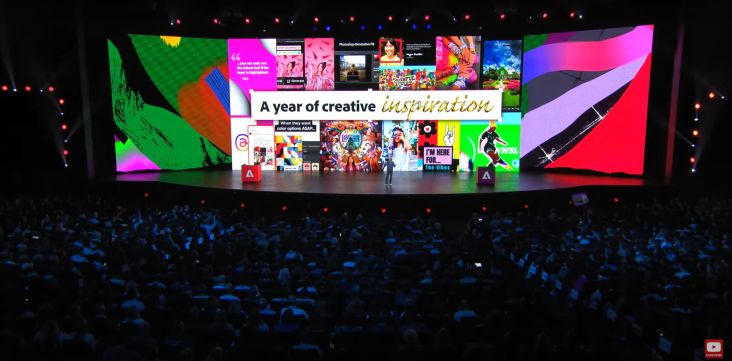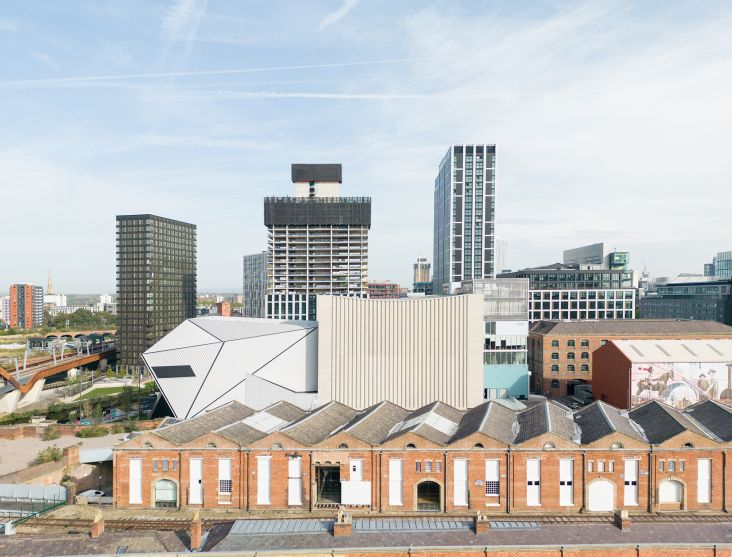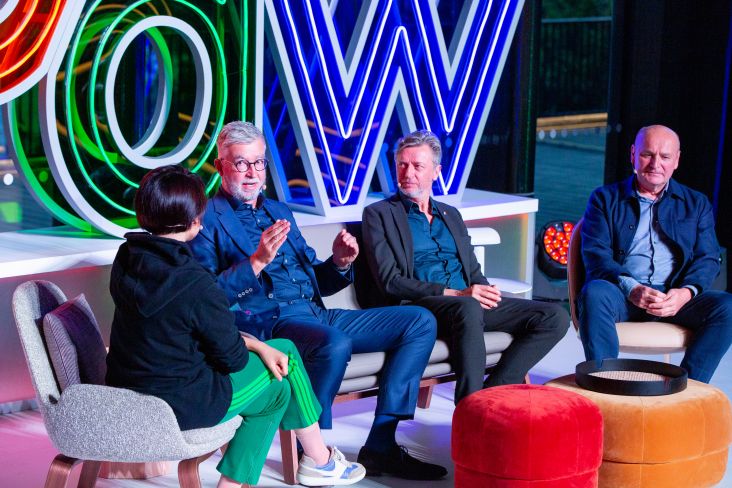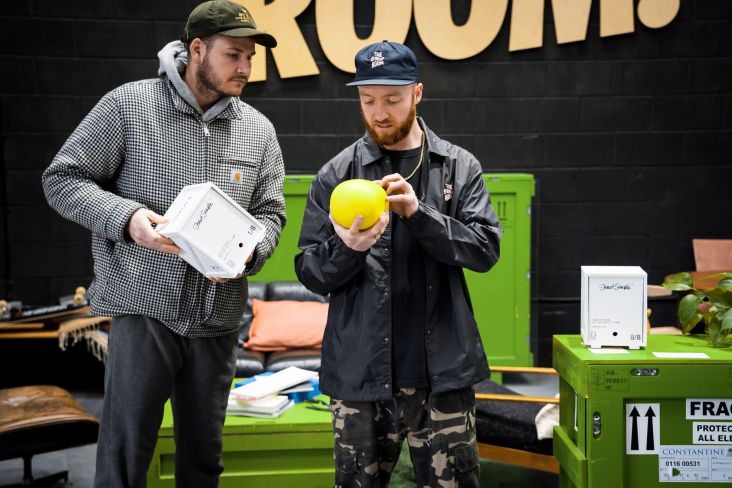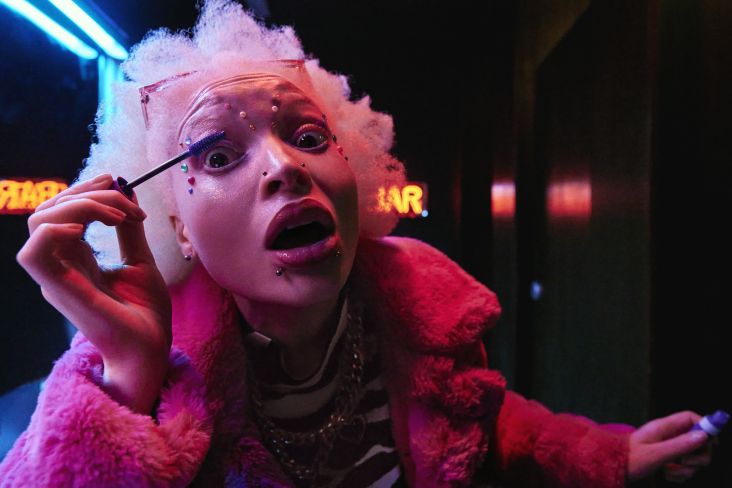Swiss sculptor Christian Bolt offers a fresh answer to the age-old question: what is beauty?
The artist's latest exhibition in Lucerne showcases both philosophical insight and innovative technique.
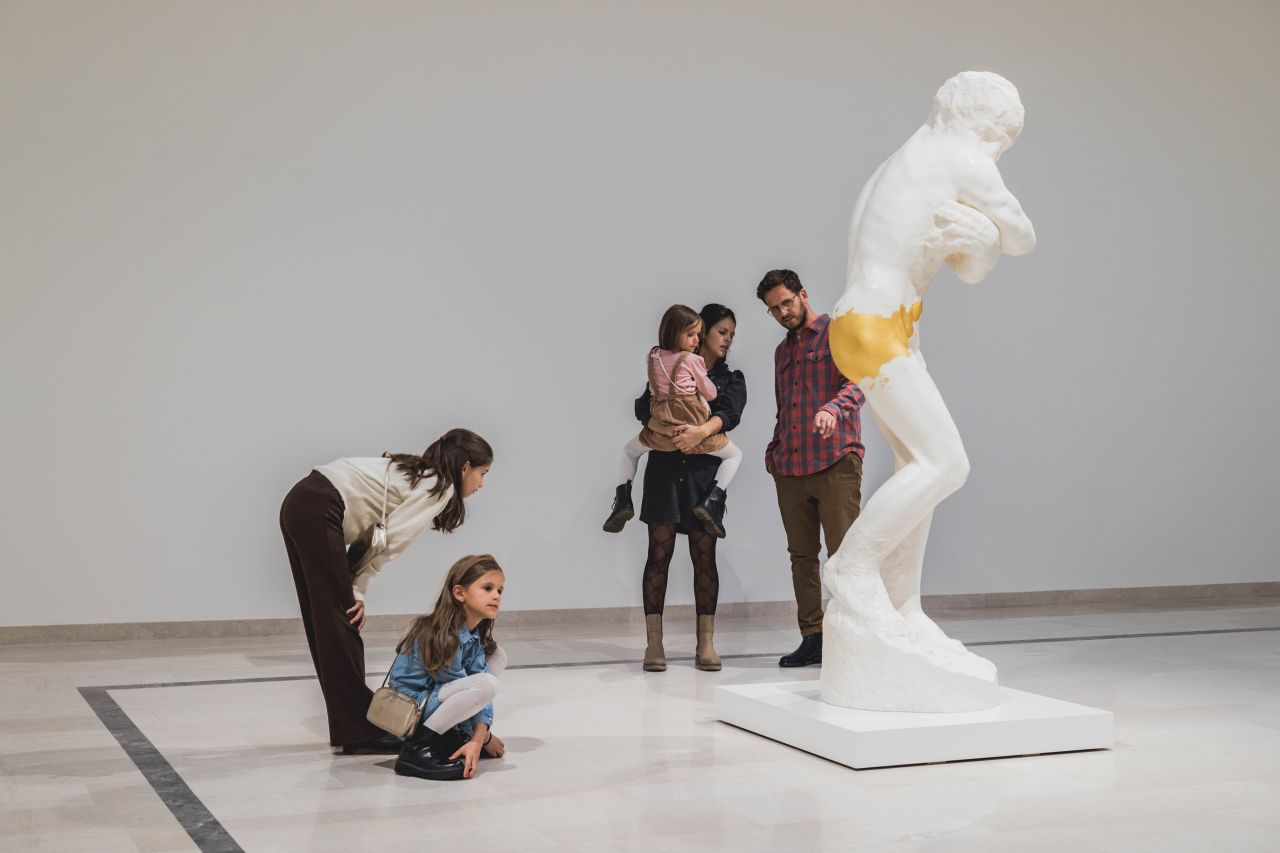
All photos taken by Pawel Streit and © Impulse Gallery
What is beauty? It's an age-old question, both for the artist and everyday people in general.
Across a thousand years of debate, the best reply to date has probably been "Beauty is in the eye of the beholder"; words widely credited to Margaret Wolfe Hungerford in her 1878 novel The Duchess. But while insightful, that phrase has never felt entirely satisfying.
Answers to the great questions in life, though, don't always come in the form of words. Sometimes, art can provide a fresh way to look at things. Case in point: Christian Bolt's latest exhibition, On Human Beauty, at Impulse Gallery in Lucerne, Switzerland.
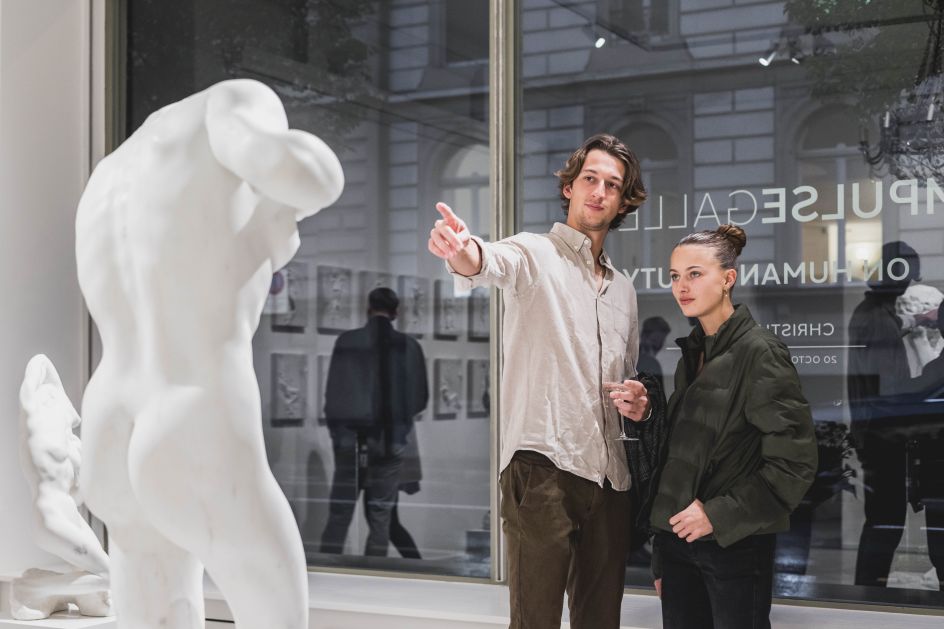
Photography by Pawel Streit and © Impulse Gallery
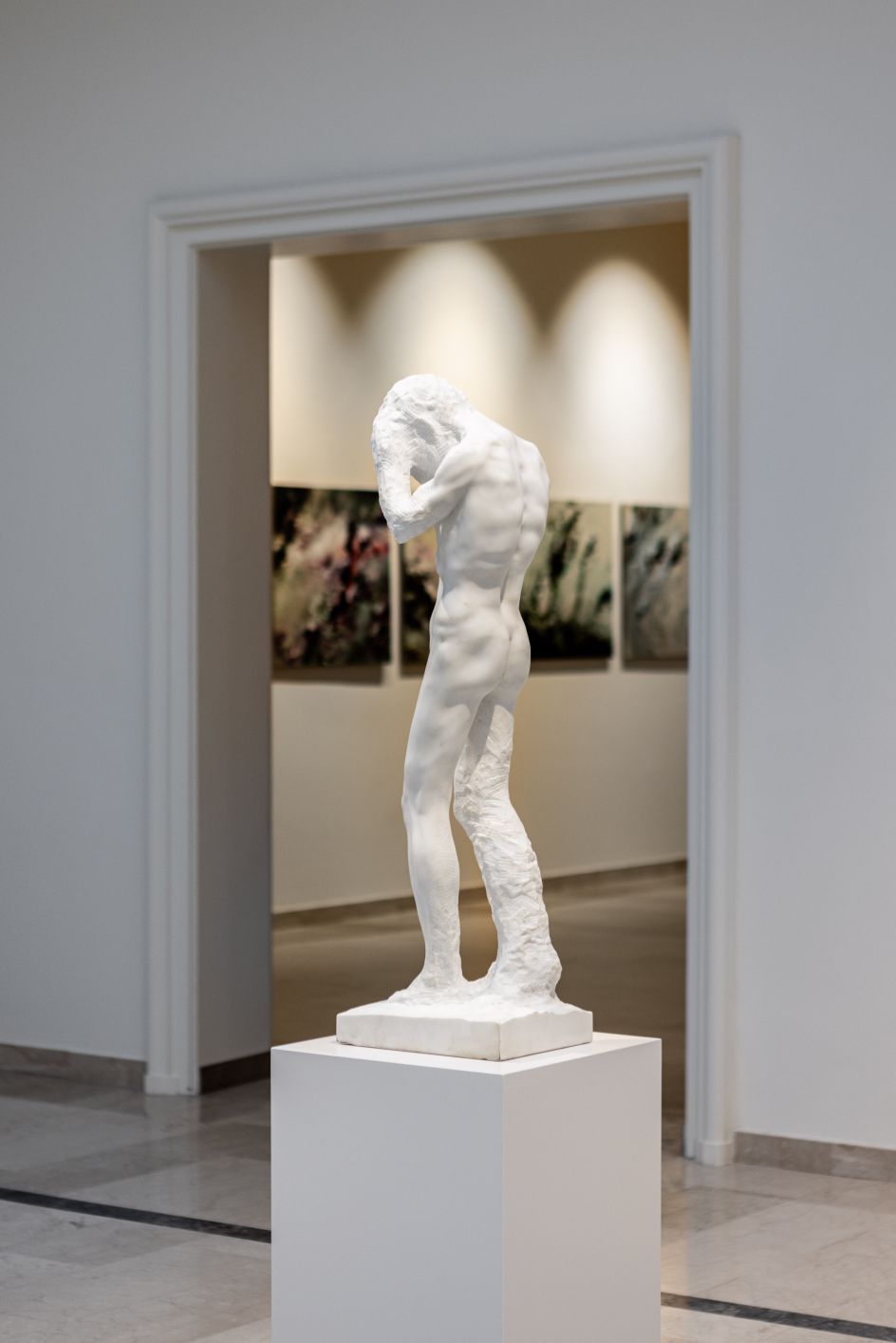
Photography by Pawel Streit and © Impulse Gallery
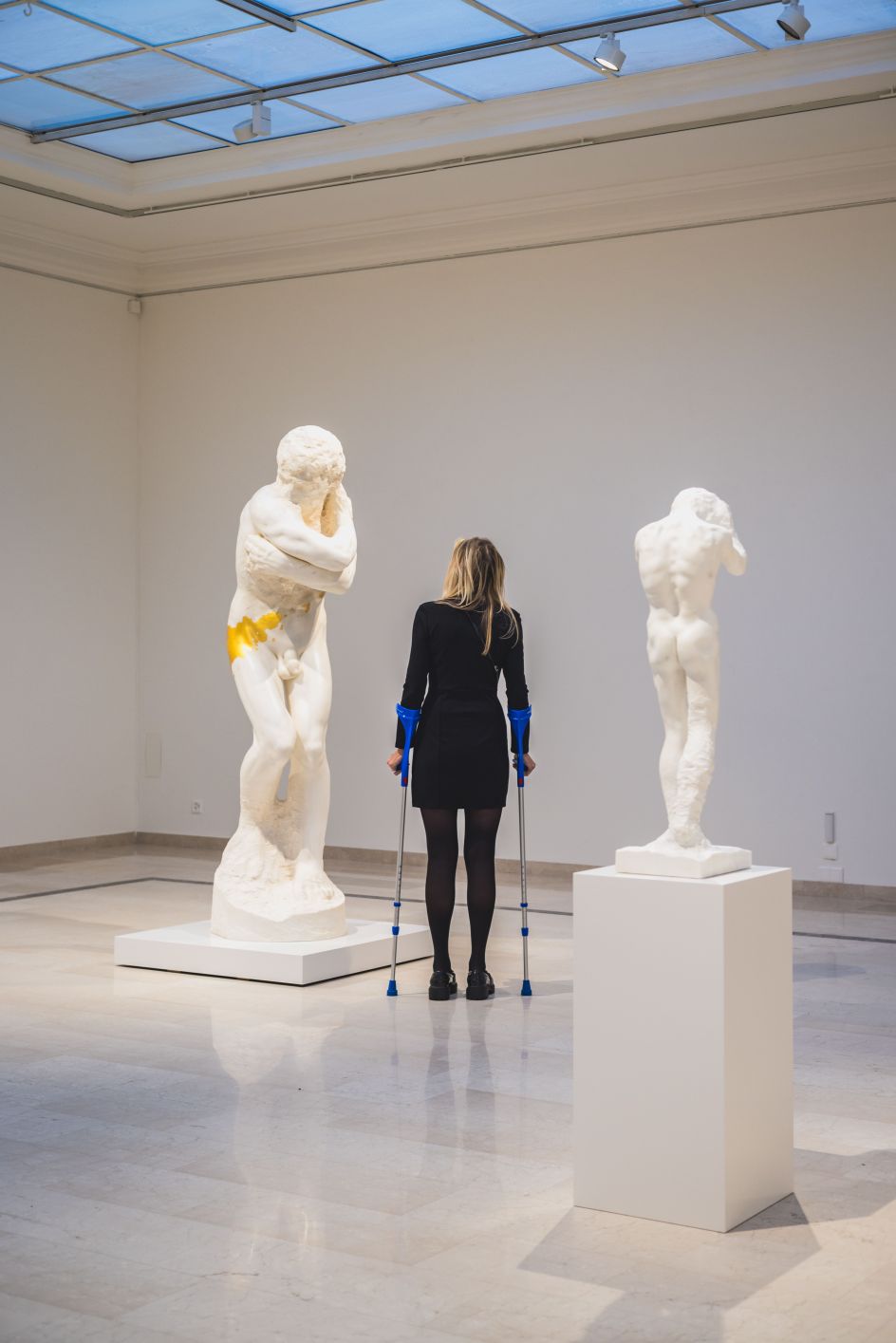
Photography by Pawel Streit and © Impulse Gallery
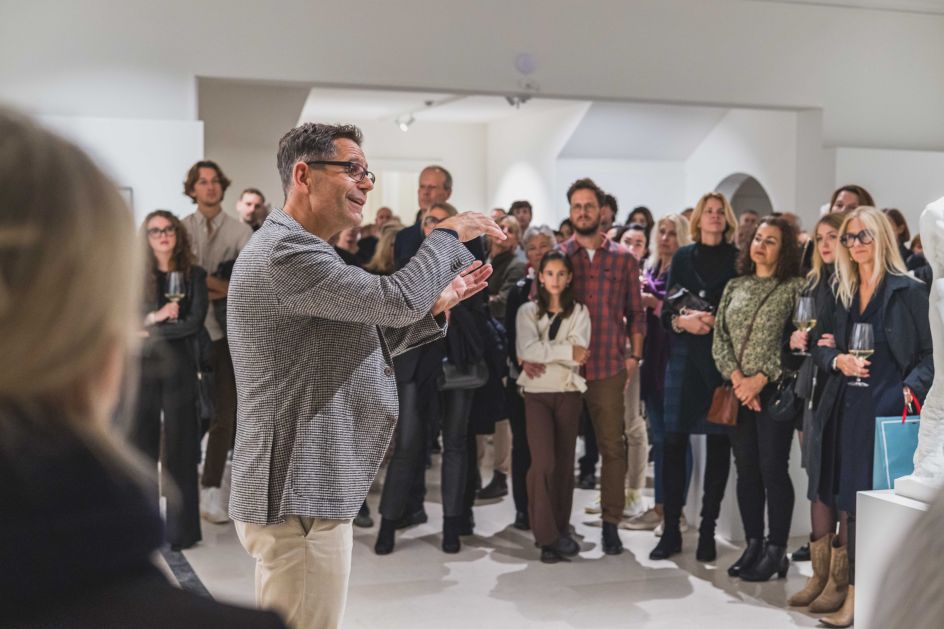
Photography by Pawel Streit and © Impulse Gallery
I was kindly invited to its preview in this pretty lakeside town, bordered by hills in the north and the Alps in the south. And when you see his marble figures in the flesh (so to speak) and hear him talk with such passion and poetry about his work, it's clear this is an artist who deserves global attention.
I'm by no means the first to notice this: he's previously sold pieces to Elton John for a start. But I'm getting ahead of myself here. First of all, for the uninitiated: who is Christian Bolt?
Who is Christian?
Born in Uster, Switzerland, in 1972, Christian is a sculptor and painter who now lives in the Swiss mountains of Klosters in the canton of Grisons. In between, though, his creative journey has taken him all over the world.
At 16, he applied to the Schule fur Holzbildhauerei (College of Wood Carving) in Brienz, where he spent four years studying. He then travelled and stayed in Germany and the United States, before moving to Italy. There he took a Master of Fine Arts degree at the Accademia di Belle Arti in Florence, Europe’s traditional and oldest art academy, where he studied technique and materials of sculpting, art history and anatomy.
In 2003, Christian returned to his homeland and set up a studio in Zurich. In 2014, he became the first Swiss sculptor to be awarded the title of professor at his alma mater.
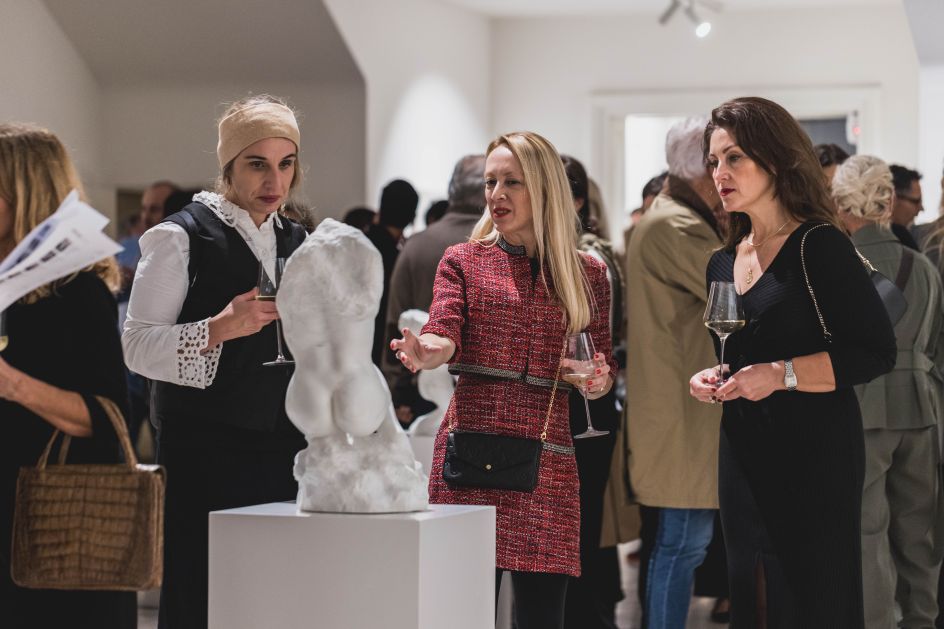
Photography by Pawel Streit and © Impulse Gallery
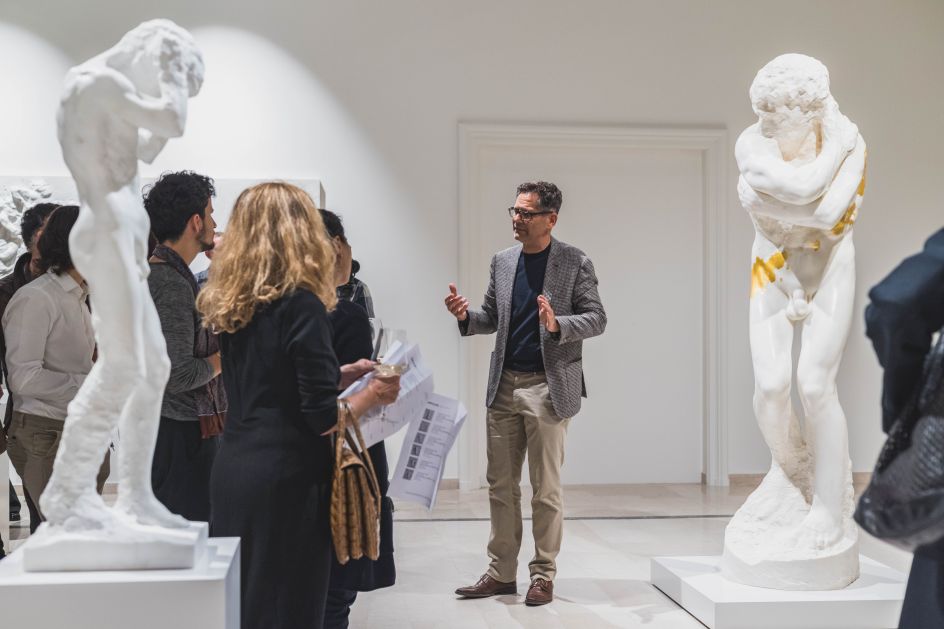
Photography by Pawel Streit and © Impulse Gallery
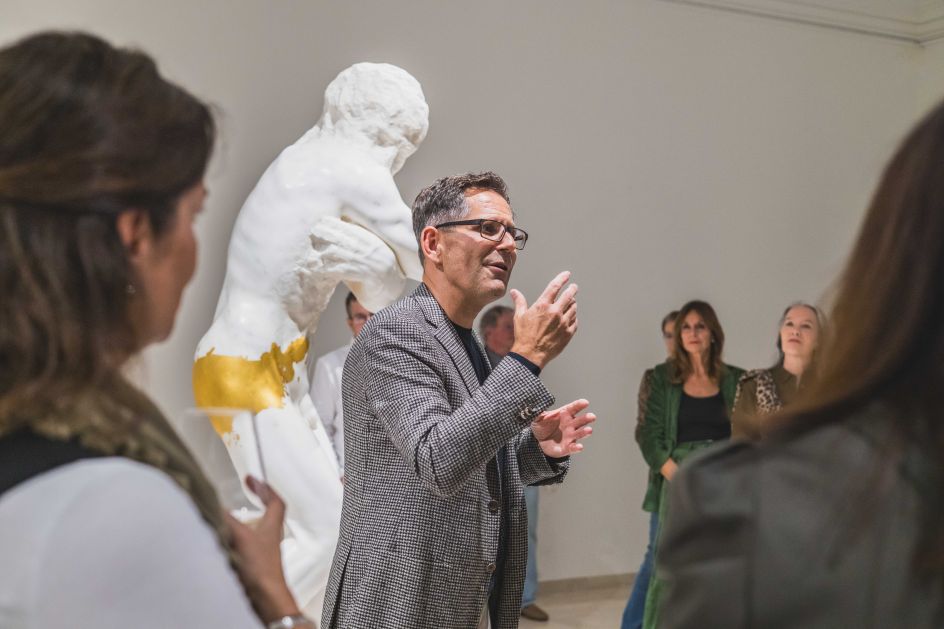
Photography by Pawel Streit and © Impulse Gallery
Christian is hugely inspired by Western philosophy and cultural history, most notably the Renaissance, but his art goes beyond merely aping classic styles. Instead, his work forges bridges between the classical and the present in a way that makes it excitingly relevant to the world of the 21st century.
Throughout his artistic career, which began in 2001, Bolt has been fascinated by the tensions between the sublime and the limited nature of human existence, as well as the dialogue between art and the viewer.
He primarily works in marble obtained in Carrara, Italy, from the same quarry that Michelangelo got his stone, although his sculpture also finds expression in bronze, woodworking and other materials.
What is beauty?
Spanning across the expansive 440 sq m of gallery space, On Human Beauty features 14 sculptures, as well as paintings and drawings, many of which were commissioned exclusively for this exhibition. These artworks differ hugely in terms of size, shape and material, but there's a clear underlying visual theme that unites them all.
And that's no accident, because there's a clear philosophy underpinning this work. The central inspiration lies in Austrian writer Karl Kraus's famous quote, "Love and art do not embrace what is beautiful, but rather what is made beautiful by its embrace".
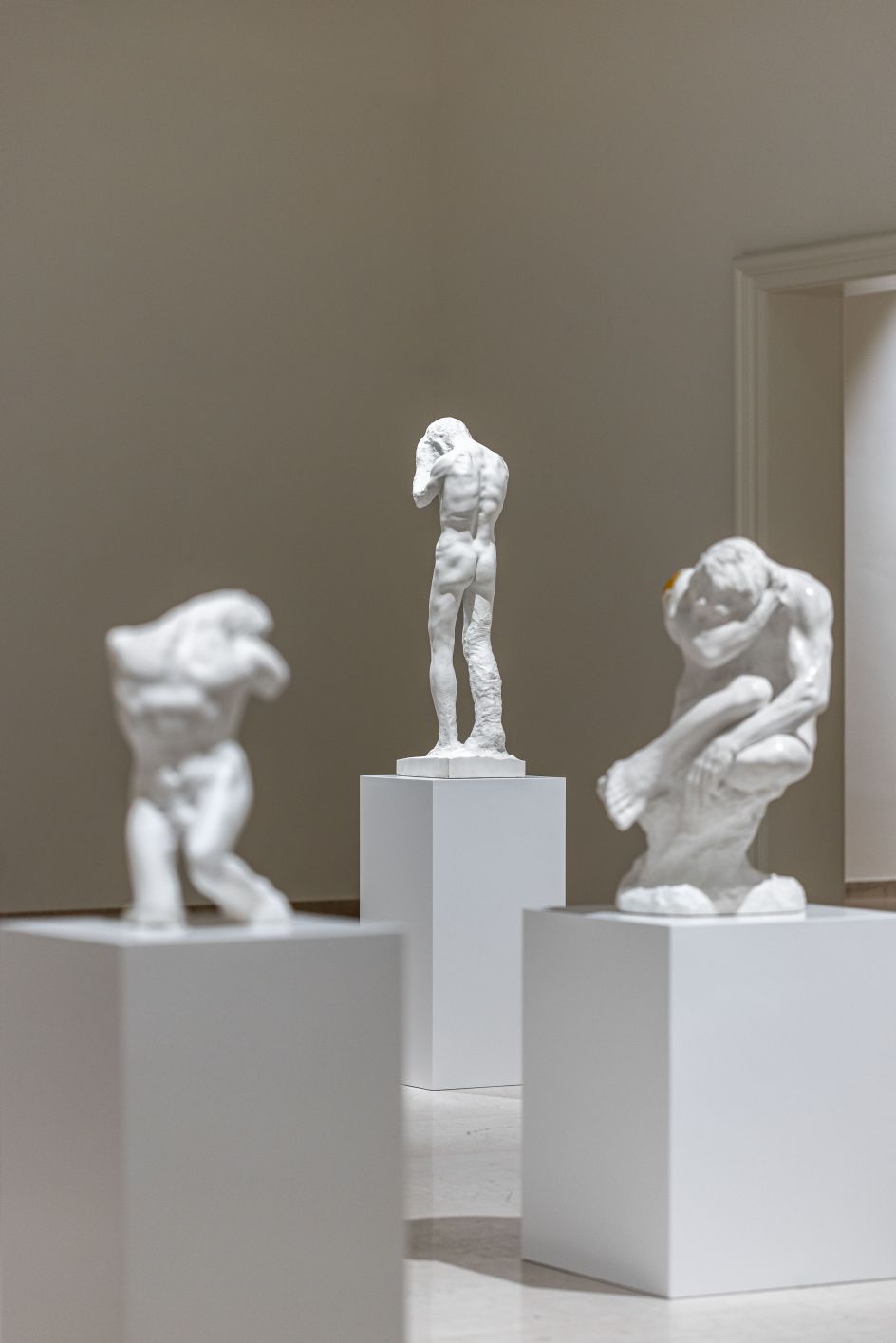
Photography by Pawel Streit and © Impulse Gallery
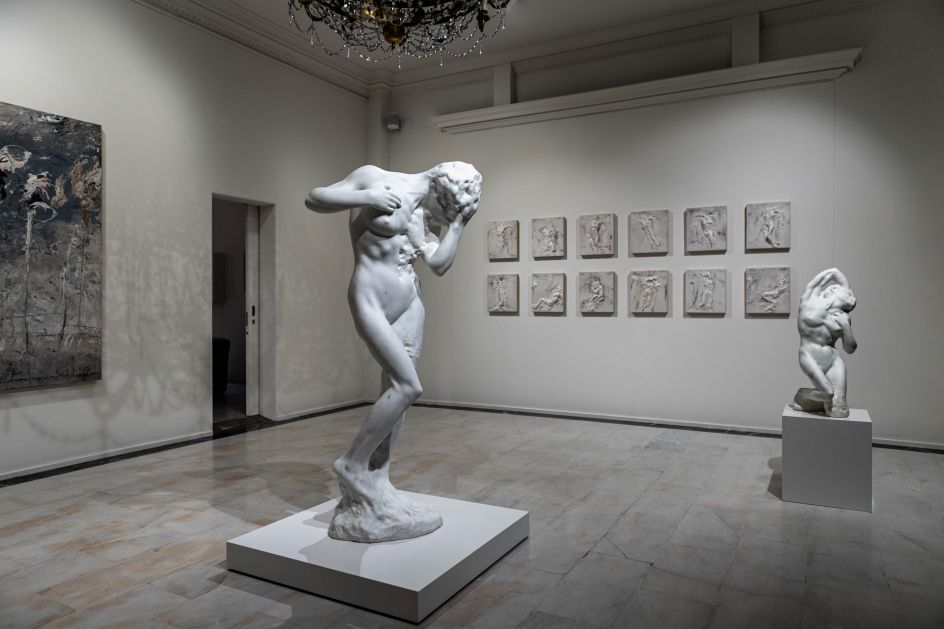
Photography by Pawel Streit and © Impulse Gallery
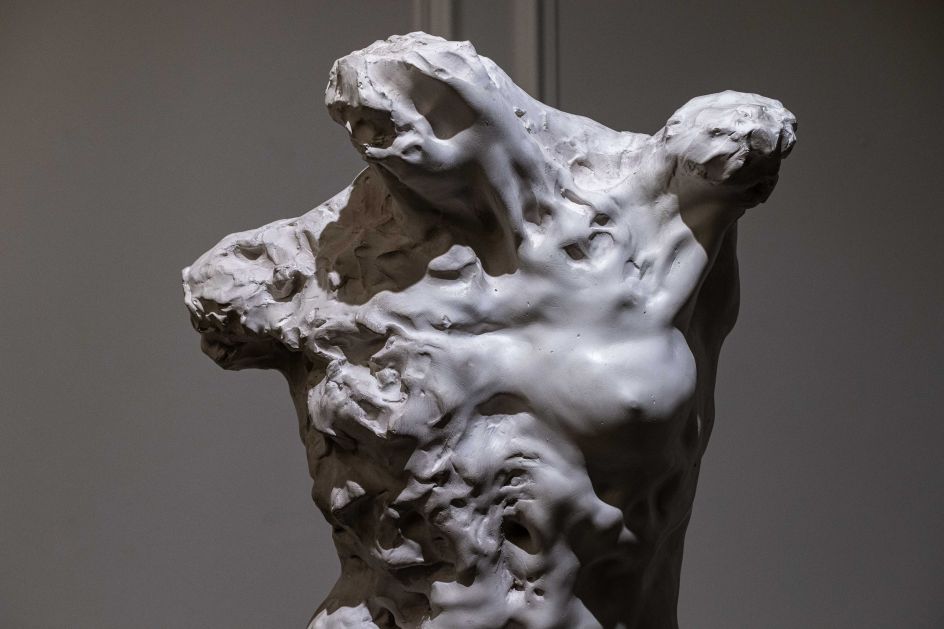
Photography by Pawel Streit and © Impulse Gallery
This quote essentially gives the lie to the idea there's an innate, objective, Platonic state of beauty. Instead beauty exists as part of a virtuous interplay between artists, social relations and objective truth.
In other words, we love things that are beautiful, but we also make things beautiful by loving them, and make beautiful things that we love. It's a neverending dance that's so instinctive, we mostly don't notice it's even happening… but Christian's work draws attention to this process in a unique way.
For example, his marble figures are beautifully carved, and seen from a distance you might imagine they were classic works rescued from an archeological site and restored to their former glory. But then you notice that the faces are, by and large, missing, along with legs, feet and other body parts.
This is not, as you might, a nod to the oft-broken nature of ancient statues in museums. Instead, the artist has left the statues purposely unfinished, as a comment on the dichotomy between natural beauty and man-made artifice.
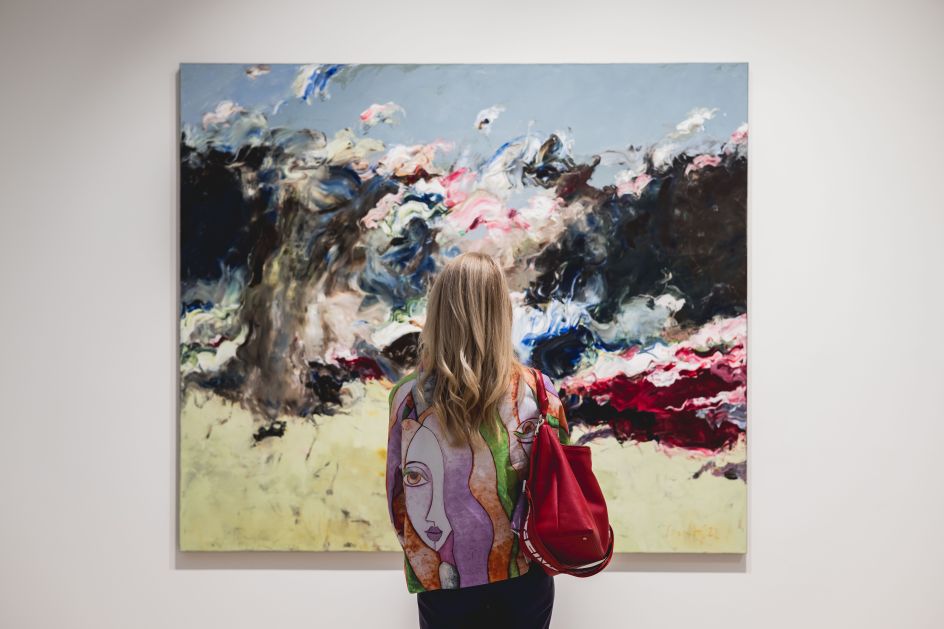
Photography by Pawel Streit and © Impulse Gallery
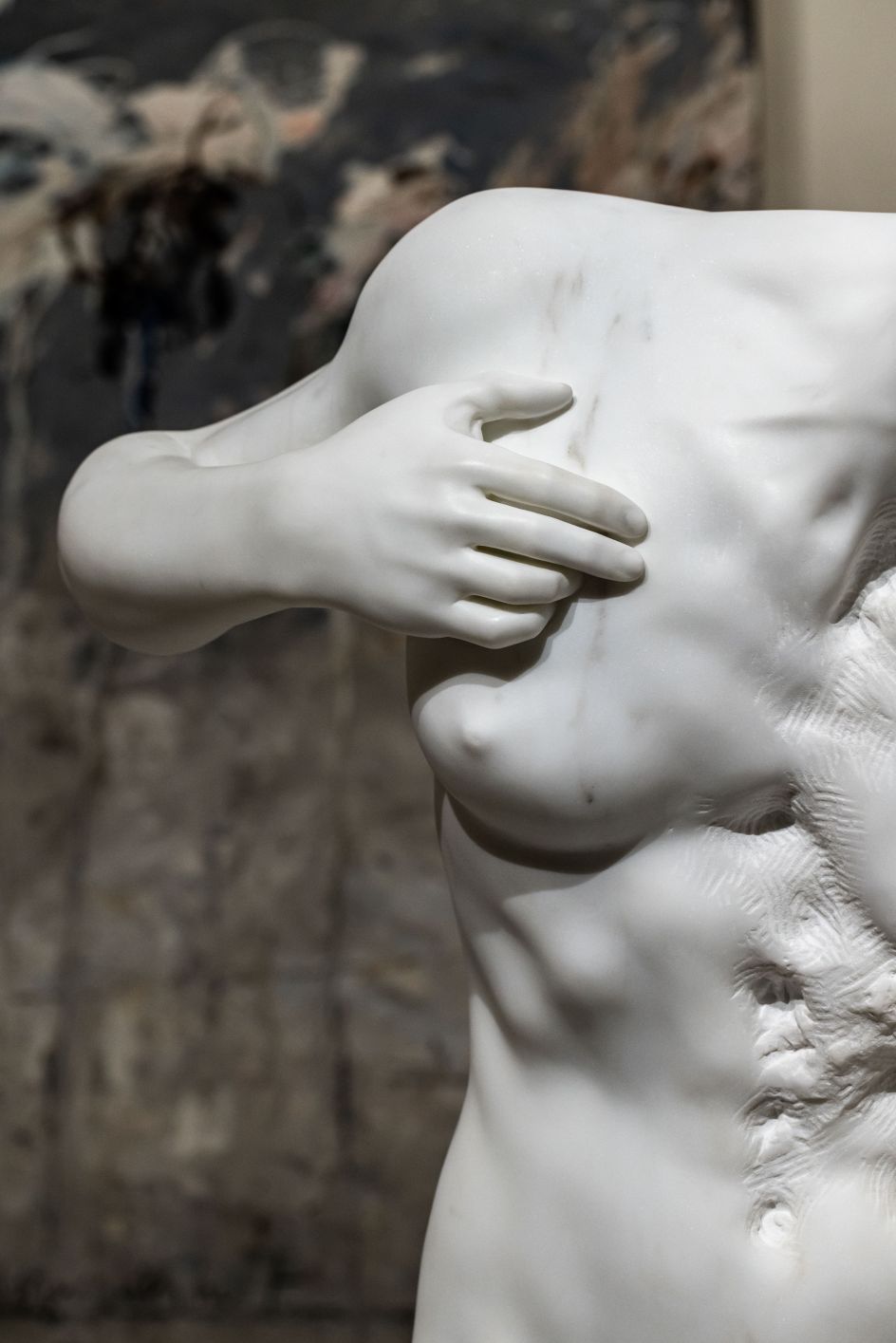
Photography by Pawel Streit and © Impulse Gallery
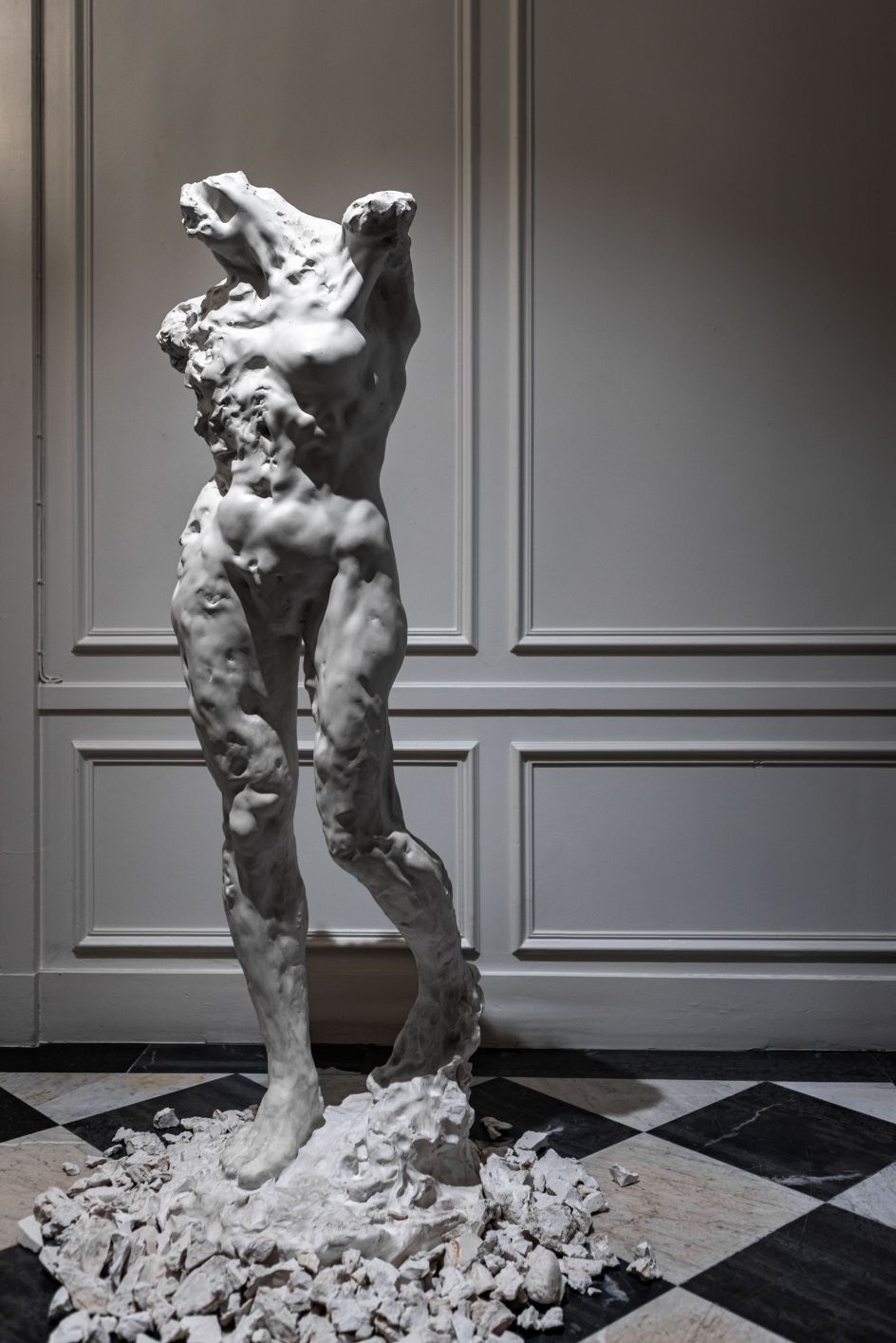
Photography by Pawel Streit and © Impulse Gallery
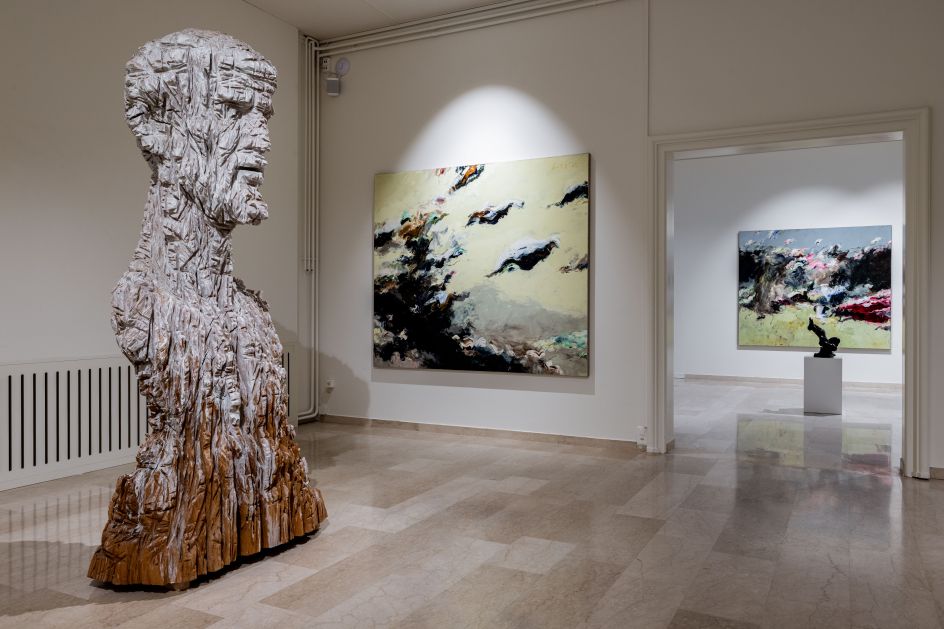
Photography by Pawel Streit and © Impulse Gallery
And here's the crux about what's really fascinating about Christian's work. He's taking two very different, seemingly diametrically opposed approaches – figurative art and abstract art – and fusing them into one. But he doesn't see that as a contradiction.
Indeed, he argues that ancient cultures like the Greeks, Egyptian and Etruscans all saw art as a balance between abstraction and figuration. In our modern world, though, we've separated these two factors unnecessarily, and he's on a mission to unite them once more.
Marble paintings
Similarly the way Christian moves between marble, wood and oils may seem random but it also has strong philosophical underpinnings. He talks of a triangle between content, form and materials; each informs the other.
From this perspective, the artist has previously criticised the arbitrariness and mundanity of much contemporary art, and postulated a return to the traditional unity of idea and form in works of art.
Again, though, that doesn't mean he just wants to play the Renaissance's greatest hits; to the contrary, he's endlessly experimental and innovative. For instance, he's developed a way of crafting 3D paintings with marble dust.
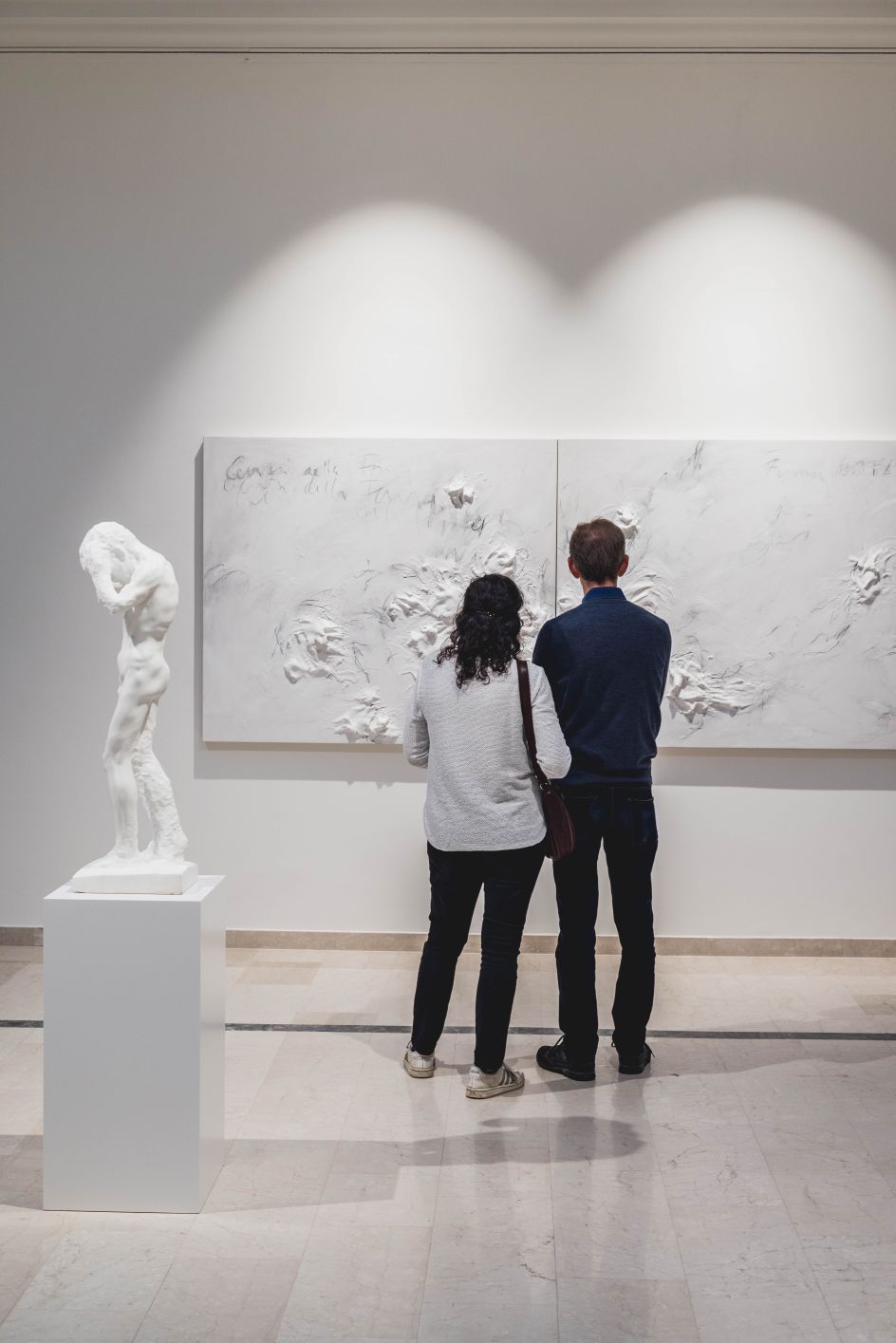
Photography by Pawel Streit and © Impulse Gallery
One of the exhibition's biggest highlights is two three-metre-long diptychs which highlight this new technique. The genesis of this approach, he tells me, was a reaction to the fact that marble sculpture involves taking away (from a block of marble); a destructive process. These new marble paintings, in contrast, are all about adding; in other words, they are literally constructive.
Christian Bolt On Human Beauty is at Impulse Gallery, Haldenstrasse 19, Lucerne, Switzerland until 23rd December 2023.









](https://www.creativeboom.com/upload/articles/86/862919952c0ad18439004228895a431dc6e45ffc_732.jpg)





